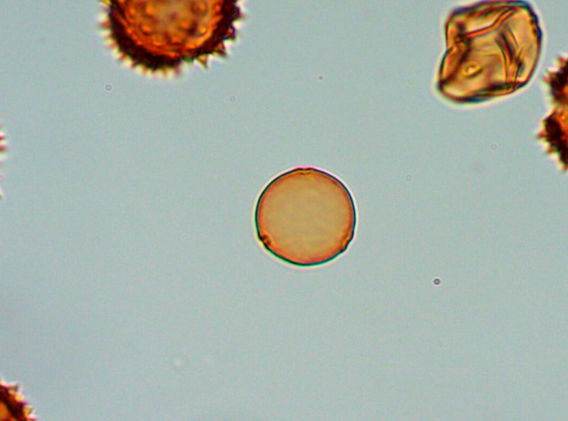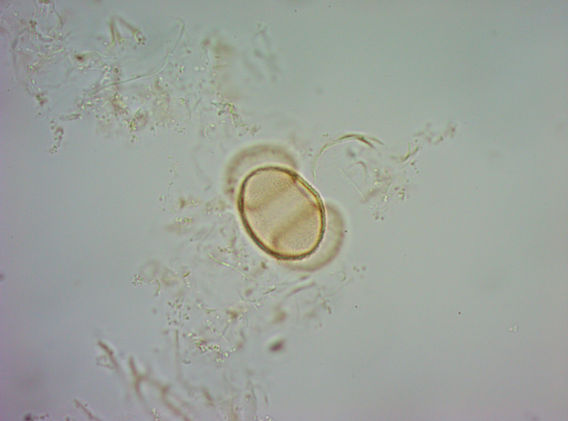Anemophilous
Wind Pollinated
The images shown are primarily from the Denver Botanical Gardens herbarium plant. Pollen images taken on an Unitron TCS Pro 500 at 400x (unless noted). The webpage is not exhaustive and only represents common types represented in lake sediments and bee products examined in the Paleoecology, Palynology and Climate Change Laboratory. Pollen-types are identified down to their lowest taxonomic level possible starting with family. Follow the tabs to lower taxonomic levels. The morphological characteristics of the pollen grain are described based on shape, aperture type(s), wall structure, surface sculpturing, and size. Were possible a link to an online pollen database with more information is also provided.
Cannabaceae - Cannabis
Cannabis
-
Spheroid
-
Triporate
-
Intectate
-
Psilate
-
~ 25-50 microns
-
Bees will bring this pollen in
Cupressaceae - Cypress Family
Juniperus
-
Spheroidal
-
Inaperturate that often tears
-
Intectate
-
Verrucate, gemmate
-
~ 18 microns
Descriptors of Pinus
Pinus -diploxylon
-
Cap and Bladders
-
Do Not have belly warts (small circular, slightly thickened flecks)
-
Bladders are reticulate
-
Exine is thinner between bladders
-
Yellow Pine or hard pine
-
~ 80-100 microns
-
Pollen images are of the specis Pinus ponderosa
Pinus -haploxylon
-
Cap and Bladders
-
Have belly warts (small circular, slightly thickened flecks)
-
Bladders are reticulate
-
Exine is thinner between bladders
-
White Pine
-
~ 80-100 microns











































